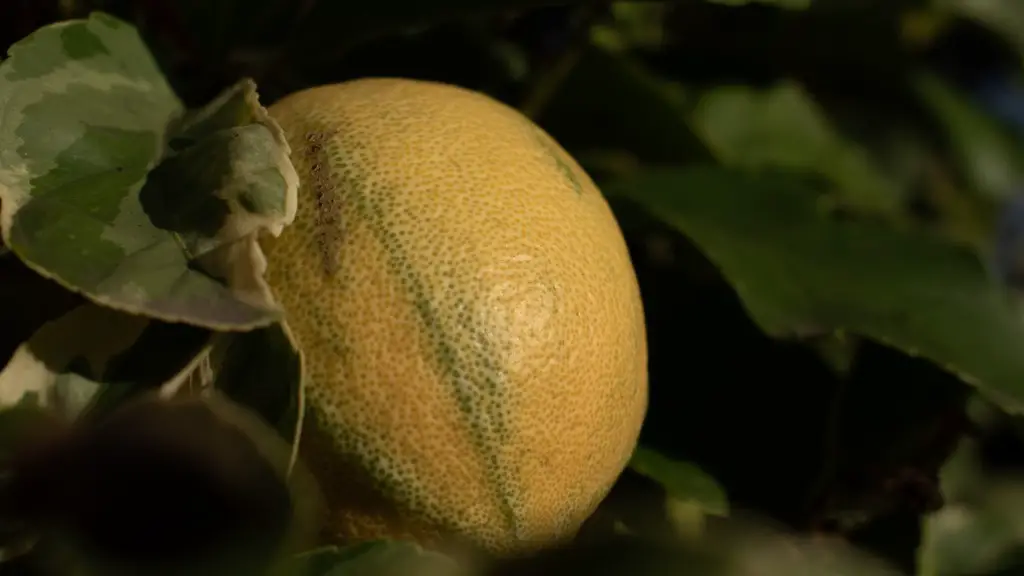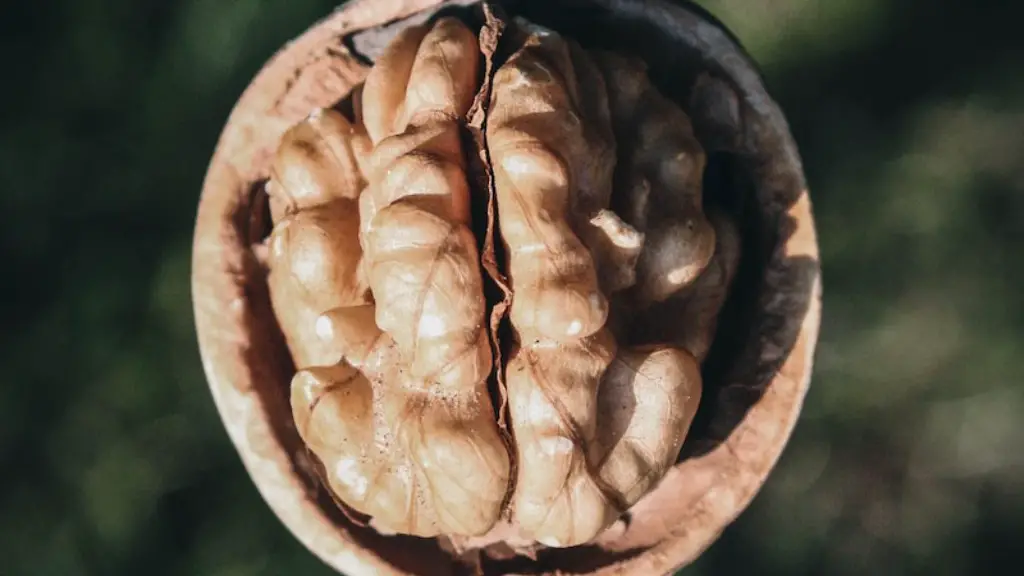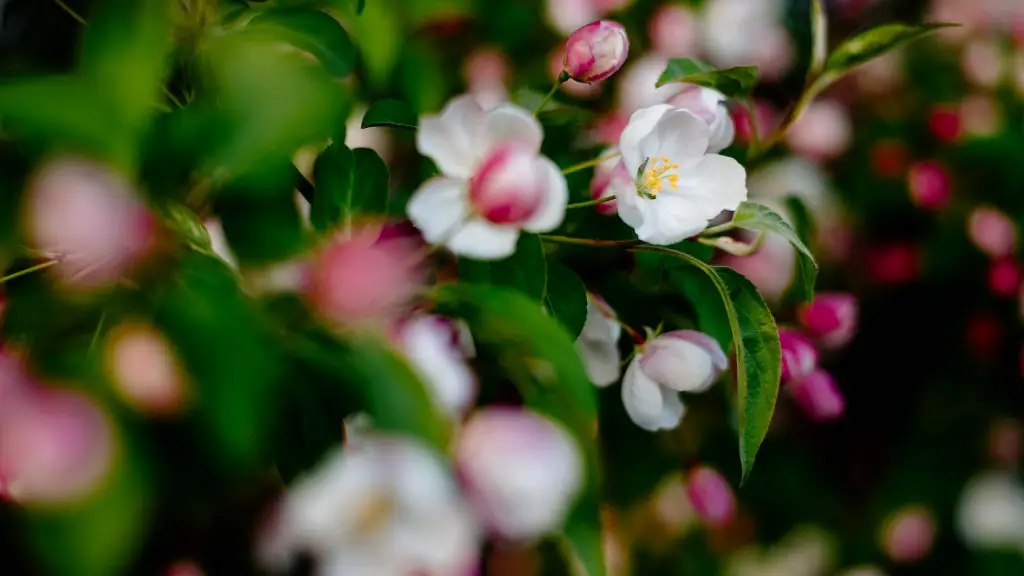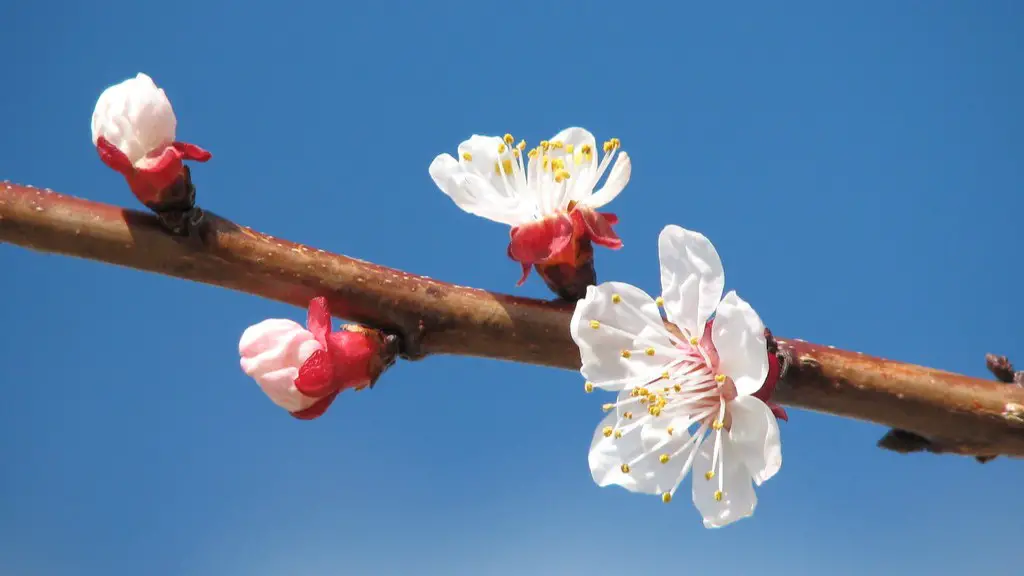Planting a lemon tree is a great way to perk up any outdoor space and add decorative fruits. The depth of the hole can be one of the most impactful decisions in a successful planting. To ensure that the lemon tree is secure and has a long, healthy life, pay attention to the planting depth.
When planting a lemon tree, pick an area that has well-drained soil and receives full sunlight. Dig a hole that is roughly two or three times the size of the root ball. Make sure that the lemon tree’s base is at the same level as the surrounding soil. Be sure not to dig the hole too deep. If the root cannot sit at the base of the hole, use some soil to build a mound and then position the tree on top of the mound.
The lemon tree’s root system needs to be firmly secured to guarantee a strong connection with the ground. Becoming too mulch-happy and digging the hole too deep can prevent the tree from developing a strong root system. The root ball should rest on topsoil, not clay or silt.
For optimal growth and fruit production, a lemon tree needs sure footing in the ground. The lemon tree’s root flare should be slightly above the soil line to ensure no soil will wash away during frequent — or infrequent — rains. This also ensures that the tree’s roots don’t sit in wet soil, which will lead to root rot and other fungal issues.
Once the lemon tree is firmly set in the ground, apply a two- to three-inch layer of organic mulch to help keep the soil moist. Be sure not to pile the mulch up around the tree’s trunk or stem. This can cause rotting and even premature death.
Eventually, the lemon tree’s roots will grow right into the soil and the base will become firmly secured in the ground, but at first, the roots need to be properly secured and planted at the right depth. Plant too deep and the tree might not get enough oxygen and dry out, not to mention how difficult it will be for the lemon tree to establish itself in such a deprived environment. If the tree is planted shallow, the roots can become exposed, making the lemon tree more susceptible to drought, disease and windy conditions.
With the right soil, and the appropriate planting depth, a lemon tree should thrive for years. Be mindful of the environment and the type of soil, and plant the lemon tree at the precise depth for the best support and nourishment.
How lemon tree needs proper soil
Lemon trees have very specific requirements when it comes to soil. They favor light soils that easily drain, meaning any heavy clay or hard-packed soil will not do. Planting the tree in this type of soil can smother roots and lead to quick root rot — and eventually the death of the tree. Additionally, sandy soils can have too much good drainage and can deplete the soil of required nutrients.
A soil test will give a better insight into what kind of soil can be purchased or amended. The soil should have a pH between 6 and 8, with an ideal of 6.5 to 7.5. If the soil is largely off the mark in terms of pH or does not hold adequate amounts of certain nutrients, then it can be amended to better accommodate the needs of the lemon tree.
Organic matter should also be tested and amendments made as needed. The organic matter should be between 5 and 10 percent, like loam soil. Consider adding some peat moss, leaf mold and compost to help give the soil the proper levels of organic matter and texture for the lemon tree to thrive. Be sure to break down or spread out clumps in the soil.
Amending the soil with compost and manure can also add extra nutrients and make the soil contain more necessary microorganisms that will help promote fruit production and higher crop yields. Once the soil is prepared and ready, it is time to start planting the lemon tree.
Reasons to choose a container
Container planting is popular due to its versatility. A lemon tree can be planted in any container as long as it is of adequate size. To properly grow, the lemon tree needs up to a 24- to 36-inch container to have enough space for the roots and soil stability.
Another reason to choose a container is portability. Lemon trees grown in pots can be moved from place to place. If the environment does not allow for optimal growth, or if the growing conditions are not suitable for other reasons, the lemon tree can live a full life in a container.
Lemon trees in pots tend to stay a manageable size and can last a lifetime. However, this also means you need to pay close attention to the tree and feed it suitable nutrients and water. Because the soil in the container can get dry and drained quickly, a deep watering once a week is recommended.
Pots and containers require occasional replanting. When the lemon tree is in a larger container, replanting is needed only every three to four years. Caring for your lemon tree in a pot can be a bit more labor intensive than caring for a tree in the soil, but it’s doable with special attention.
How to water it properly
According to U Stakich, a lemon tree planted in the ground should be watered deeply twice a week during warmer months when there has not been any rainfall. During the winter months, the tree should be watered only once a week, about once every two weeks during rainy spells. The water should be applied to the soil around the tree, but not to the tree itself.
When it comes to container-grown lemon trees, water a little more regularly than one planted in the ground. Containers dry out much faster than soil, so according to the University of California, Davis, the soil should be kept moist but not soggy. Ideal watering is about once a week, but if the temperatures are high or the climate is dry, then it is recommended to check the soil more regularly.
Watering is crucial for the lemon tree’s health and growth. Too much watering can cause root rot, while too little watering can damage the leaves and even cause fruit to drop. It is therefore important to water the tree the right amount. To do this, get a feel for the soil by thrusting your finger 2 or 3 inches inside. If the soil is dry, it is time to water it.
Fruit production in a lemon tree
Once the lemon tree is properly planted and watered, it will take a year or two before the tree is able to produce any fruit. Different varieties of lemon trees have different growth times and they can begin producing fruit in as little as 18 months. When the leaves of the lemon tree are healthy, light green and have a strong, vibrant shape, they usually indicate good health and better fruit production.
When the tree produces flowers and fruit, treat it with a light fertilizer. Curling of the leaves and few blossoms are the early signs that a lemon tree needs more nutrients. Citrus fertilizer is the best choice, since it typically contains a combination of nitrogen, potassium and magnesium.
In the early stages of production, only a small number of fruits are available. Once the tree is established and blossoms start to form, the fruit production should increase in quantity. Harvesting the lemon is best done by clipping the stem, cutting the stem short and leaving a stub attached to the fruit. As the lemon continues to ripen, it will take on a yellowish color and a sweet, slightly acidic flavor.
Maintaining a healthy tree
When it comes to normal maintenance, the roots of the lemon tree should be examined every two years to ensure they are healthy and to replant if needed. With both indoor and outdoor lemon trees, it is a good practice to prune away dead or withering branches. This encourages the tree to generate more growth. Additionally, it helps increase the amount of sunlight and air circulation the tree receives, giving it better growth potential.
For the best health and growth of a lemon tree, it is important to pay attention to the water, soil and fertilizer levels and adjust accordingly. Additionally, by maintaining a heavy layer of mulch, the soil absorbs more moisture and the tree’s roots will stay consistently moist.
Keeping a lemon tree healthy requires a keen eye and detailed attention. By following the advice listed above and doing some research, a healthy lemon tree should be enjoyed for many years to come.





